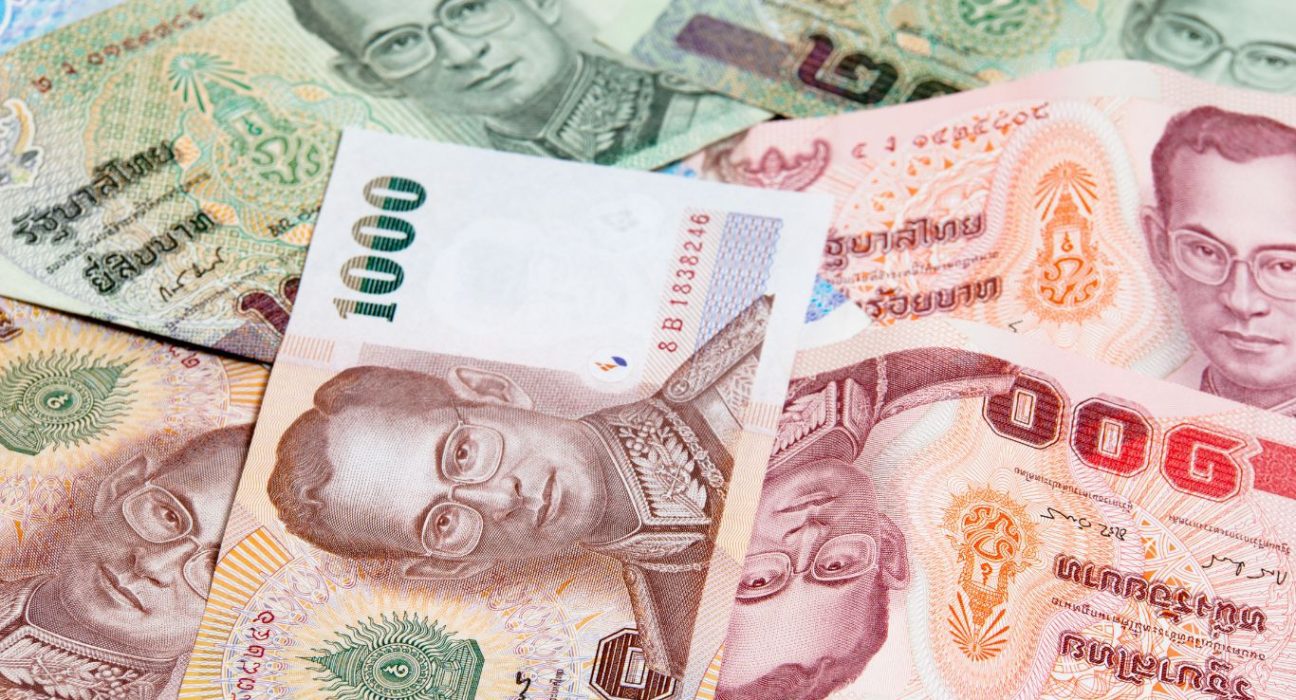Introduction
Southeast Asia’s economy has been thriving in recent years, and the Thai Baht has emerged as a strong currency in the region. In the latest development, the Thai Baht has led the gains across Southeast Asia, with a 0.3% rise. This development is a testament to Thailand’s robust economic growth and stable political environment. In this article, we’ll take a closer look at the factors that have contributed to the Thai Baht’s rise and its impact on the Southeast Asian region.
The Factors Behind the Thai Baht’s Rise
There are several factors that have contributed to the Thai Baht’s rise in the Southeast Asian region. Firstly, the country’s economic growth has been strong in recent years, with a GDP growth rate of 6.1% in 2019. Thailand’s economy is diverse, with a strong manufacturing sector and a thriving tourism industry. This has attracted foreign investors to the country, which has helped to boost the value of the Thai Baht.
Secondly, the political situation in Thailand has been relatively stable in recent years. The country has had a stable government since the 2014 coup, which has helped to instill confidence in foreign investors. In addition, the government has implemented several economic policies to encourage investment and growth, which has also helped to boost the Thai Baht.
Thirdly, the Thai Baht has been supported by the country’s strong external position. Thailand has a current account surplus, which means that it exports more goods and services than it imports. This has helped to bolster the country’s foreign exchange reserves, which has contributed to the strength of the Thai Baht.
The Impact of the Thai Baht’s Rise on Southeast Asia
The Thai Baht’s rise has had a significant impact on the Southeast Asian region. Firstly, it has contributed to the overall strength of the region’s currencies. As the Thai Baht is one of the strongest currencies in the region, its rise has helped to boost the value of other currencies as well.
Secondly, the Thai Baht’s rise has made Thailand an attractive destination for foreign investors. As the value of the Thai Baht has increased, foreign investors can get more value for their investments in the country. This has helped to increase foreign investment in Thailand, which has contributed to the country’s economic growth.
Thirdly, the Thai Baht’s rise has had an impact on the region’s trade balance. As the Thai Baht has become stronger, it has made exports from other countries in the region more competitive. This has helped to boost the region’s trade balance, which has contributed to the overall economic growth of the region.
Conclusion
In conclusion, the Thai Baht’s rise has been a significant development in the Southeast Asian region. The country’s robust economic growth, stable political environment, and strong external position have contributed to the rise of the Thai Baht. This development has had a positive impact on the region’s currencies, foreign investment, and trade balance. As Southeast Asia continues to grow, the Thai Baht is expected to remain a key currency in the region.










